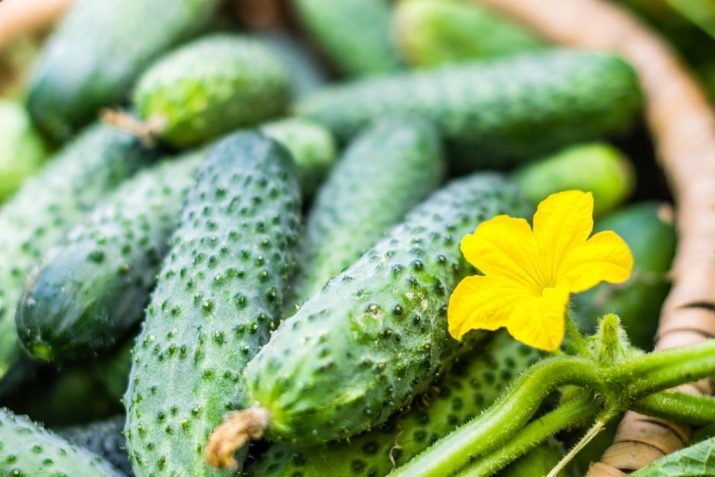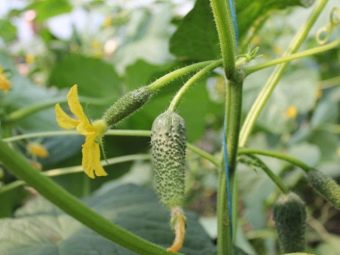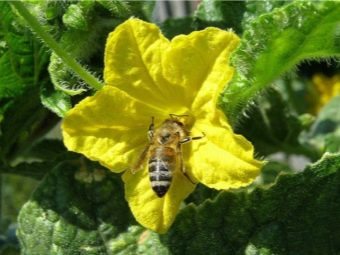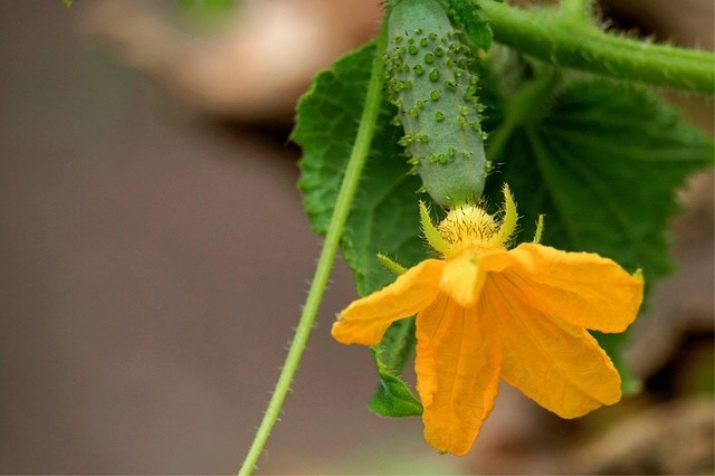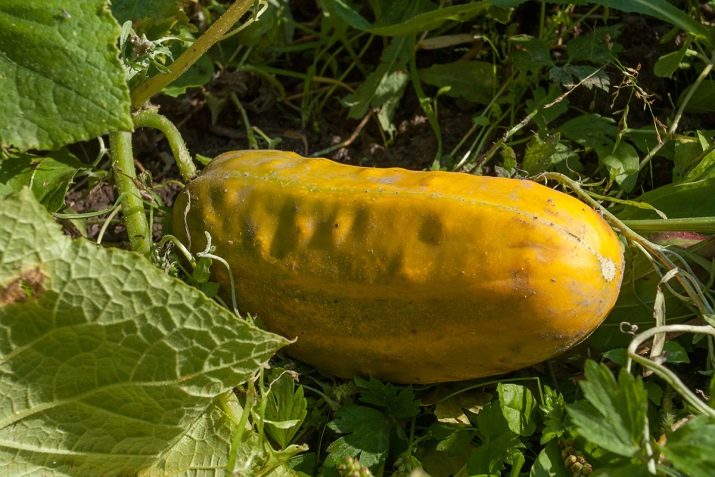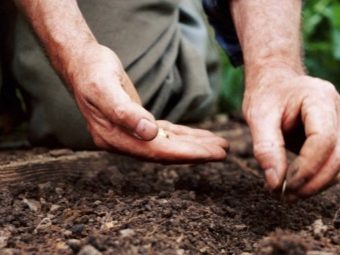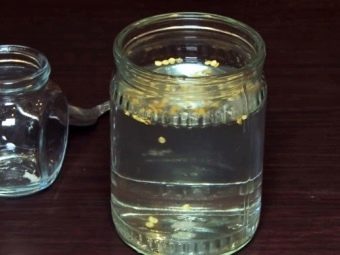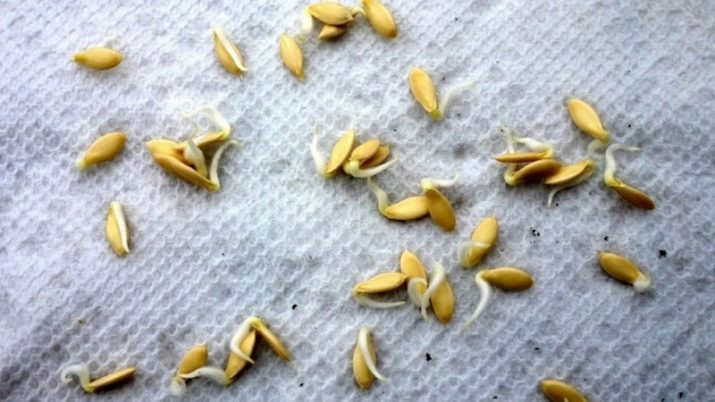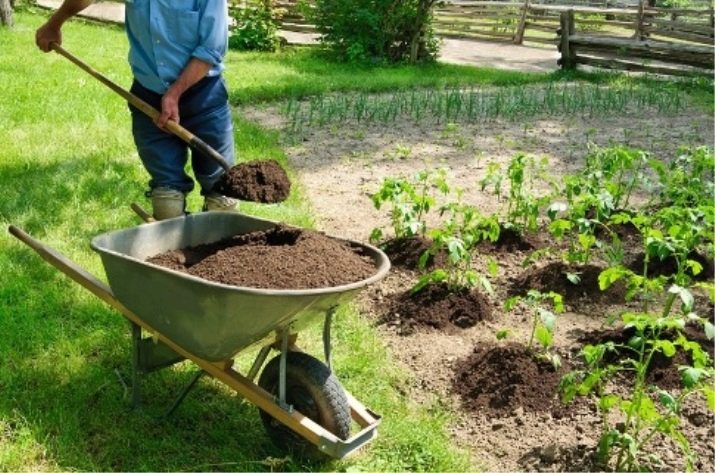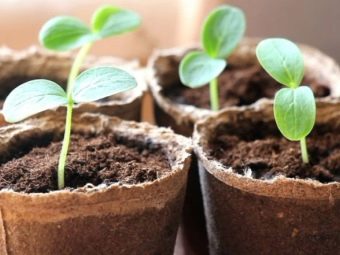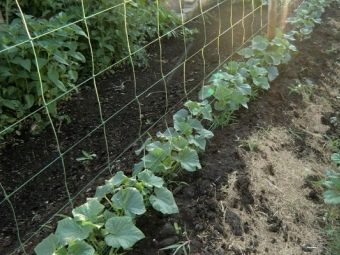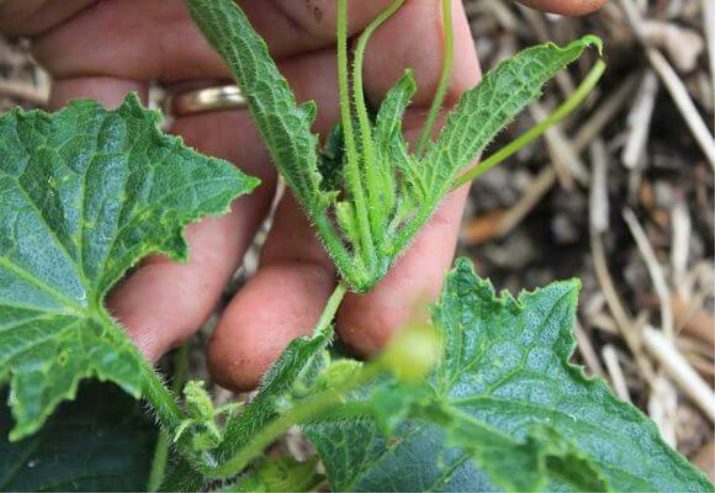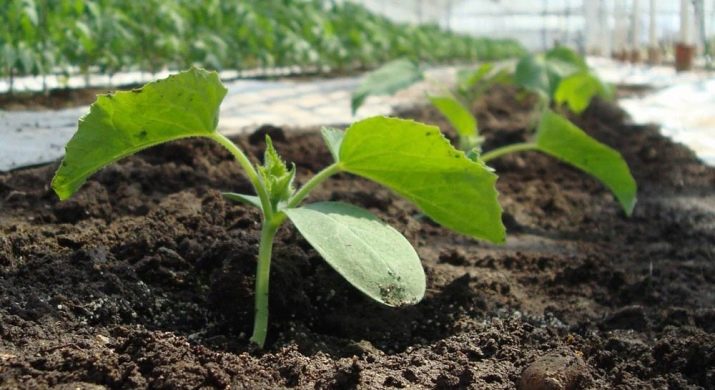Description of a variety of cucumber "Competitor" and tips on growing
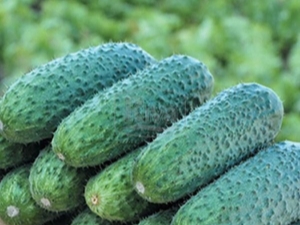
Cucumber is the most popular vegetable, which is almost always present in the garden dacha plots.Today, there is a huge selection of varieties of this crop, but the “Competitor” cucumber deserves special attention. He has many positive qualities, as well as easy to grow.
Characteristic
Cucumber "Competitor" is in great demand among gardeners, as it is, a ripening variety that can produce the first fruits on the 50th day after planting seeds.
Sowing vegetables, as a rule, performed in late May or early June. At an earlier time, planting a vegetable is not recommended, because this variety is thermophilic.
In the first stages of plant formation, its root system exceeds the growth of the stems by almost three times, but during the growing season the size of the sprouts and roots is compared. The above-ground part of the cucumber begins to branch actively, creating wide heart-shaped leaves, and the roots, reaching the desired parameters, slow down their growth.
Cucumber "Competitor" is developing rapidly. After the formation of tendrils on it, it becomes possible to conveniently fix the stems on any support. The first inflorescences on culture can be observed after a short period after germination. The reproduction of the plant is carried out due to the presence of male and female organs, the first of which are incapable of laying the ovary and have a rim with a characteristic yellow color. This variety is not self-pollinating, so it cannot do without the “help” of the bees.
Cucumber flowers open early in the morning (in the southern areas - at 4 am, in the northern - after 6). Pollen after disclosure of the inflorescence is considered viable for only a few hours. After pollination on the 12th-13th day, the flowers fall, and cucumbers are observed. If you take care of the crop and provide it with the necessary conditions for growth, then the crop can be expected already 45 days after sowing the seeds. Considering the description of the variety "Competitor" and reviews of gardeners, it should be noted that it has a very high yield.
Usually from 1 m2 it is possible to collect up to 4 kg of fruits, but these figures may vary depending on the timing of fruiting. Under normal climatic conditions, the vegetable bears fruit for 90 days. Since cucumbers are considered to be a pumpkin crop, they are referred to as a false berry, inside the fruit of which chambers with seeds are placed. This cucumber has an oval or cylindrical shape, painted in a dark green shade. The fruit looks large, its surface is covered with pimples, on which small spines are noticeable.
The length of the ripened culture reaches mainly 13 cm, and its weight often exceeds 130 g. Thanks to the long fruit stem, it is convenient to pick up the vegetable. The main advantages of the variety include its high taste properties. The “competitor” is ideal for both canning and salads. The flesh of the fruit is quite sweet and juicy, so these cucumbers can be combined with other types of vegetables during the preparation of blanks.
In addition, the fruits are stored for a long time in a cool place without losing their qualities. Other advantages of the variety include:
- high germination rate;
- resistance to various diseases;
- long period of fruiting;
- the ability of seedlings to settle down quickly and painlessly after transplantation.
As for the minuses, the "Competitor" has some of them:
- the peel of the fruit when overriding turns yellow and becomes covered with cracks;
- overripe cucumbers lose their characteristic odor;
- due to lack of water when watering seedlings, the vegetable can taste bitter.
Landing
The seeds of the "Competitor" cucumber are sown both germinated and dry. At the same time the culture itself is allowed to plant on the open field, balcony and in the greenhouse.
It is better to use last year’s material for sowing: the longer the seeds are stored, the more they are capable of forming female inflorescences on the weaving.
As a rule, seeds that have lain up to 6 years are allowed for planting.
Before germinating the seeds, they must be calibrated. To do this, prepare a 3% saline solution.In it, the material is left for 10 minutes. Seeds that have settled to the bottom of the tank are considered suitable. For disinfection, they are additionally soaked for a day in a solution of potassium permanganate or boric acid.
The treated seeds are well dried, then sown and germinated. This process includes several points.
- A damp cloth is placed on the bottom of a specially prepared container, while constantly checking that it does not dry out. Since cucumbers are sprouting quickly, it is important not to miss the moment when sprouts appear on seeds that are half less than their length. After that, the material immediately begin to sow in the open soil or greenhouse, using cups.
- If a groundless landing method is used, a polyethylene tape is prepared, covered with toilet paper and seeds are distributed over one of the edges, keeping a step of several centimeters between them. Then the tape is rolled into a roll and dipped in a small bowl of water. In this case, the liquid should not penetrate to the seeds, the moisture on their own through the capillaries of the paper will rise to them and moisturize. For accelerated germination, a temperature regime of at least 26 ° C is required. When sprouts are seen, you will need to unwind the tape and do the sowing. Usually used for landing peat pots. They are placed in places where during the day the air temperature reaches 22 ° C and does not fall below 16 ° C at night.
- Planted seeds should be periodically watered with warm water and, if possible, additionally highlighted. In order for the plant to start to form correctly, it is also fed with chicken manure or with a normal solution of mullein. Such mineral compositions as potassium sulphate, urea, and superphosphate are also well suited for this purpose. In addition, the seedlings should be hardened, regularly placing in cool places. So she will prepare for the temperature change.
An important issue in the cultivation of cucumber "Competitor" is considered and the preparation of the soil. It is advisable to plant seedlings on the land where potatoes, onions or tomatoes were previously grown. Before the onset of cold weather, the earth should be fertilized with organic and mineral elements, and in the spring it is worth digging or cultivating. It should also pre-select the method of growing crops. It can be sown in small rows and leave a place for weaving between them, or planted simultaneously with corn, which will later serve as an excellent support for the stems.
Many gardeners prefer to grow the "Competitor" on the trellis, as this method helps to avoid damage to the plants with powdery mildew.
This disease is most often provoked by excessive moisture falling on the leaves of the soil. Mealy dew, or as it is often called peronosporosis, is a characteristic disease for this cucumber variety, therefore such cultivation not only saves plants from disease, but also simplifies fruit harvesting, stimulates fruiting, increases productivity.
Landing by the trellis method is a simple process.
- They form rows and assemble the columns, after which they tension the metal mesh or special wire. The height of this design should not exceed 1.7 m.
- In the prepared ground under the net, they sow seeds to a depth of 1.5 cm or plant seedlings that already have four true leaves. Usually no more than 15 seedlings are placed on 1 m2. Due to the small density of the cucumber "Competitor" will develop well, and the area of land will be saved.
When planting a crop on a trellis, reinforcement or reinforcement of the structure is not required. If wire is used instead of a net, then after forming the thickness of the plantations next to each bush, it is necessary to fix vertical supports with the help of ordinary rope or thread twine. The main feature of the "Competitor" variety is that it has rather long weaving, therefore, thanks to the supports, the stems will easily cling to the antennae and rise.To properly form the bush, it should be sent before the garter to the trellis.
Care
Despite the fact that the cultivation of cucumbers is considered to be a difficult and time-consuming process, the “Competitor” variety is highly resistant to powdery mildew and bacterial spotting, so it is easy to maintain. In order to properly grow a culture and improve its fruiting, experts recommend additionally equipping the beds with special designs or poles, along which the branches can trail and develop evenly. In addition, it is necessary to pinch the vegetable periodically, and the land should be constantly moistened, loosened, cleaned of weeds and fed with fertilizers.
Cucumbers, unlike other types of vegetables, are unable to extract moisture from the soil on their own, so they should be watered regularly, especially in heat. If the soil is too dry, the plant growth will slow down significantly. In this case, you can not count on a good harvest. Also, due to water deficiency, fruits can acquire a bitter taste near the stem. A similar problem occurs when the air temperature is too high.
In addition to all of the above, the "Competitor" should be provided with oxygen. To do this, the top layer of soil loosened after watering, thereby preventing the appearance of a dry crust. As for feeding, manure is quite suitable for plants; it is an organic fertilizer that promotes the formation of oxygen from carbon dioxide.
To increase the yield, it is recommended to collect the fruits in a timely manner.
Usually on one bush can be placed on 10-15 cucumbers. If you break them all at once, then fruiting is activated. Overripe vegetables quickly turn yellow and become hard.
Diseases and pests
It is possible to protect the “Competitor” cucumber from various diseases and fungal lesions by treating it with special solutions that include copper. Excellent help in the fight against diseases of copper oxychloride and Bordeaux liquid. Processing is best done after the first 2-3 leaves appear on the stems. A similar procedure is carried out in the case when the culture is sick. Chemical preparations are sprayed on the plant in the morning or in the evening, but if it is done during the day, leaf burns are possible.
As for pests, this variety does not have them. The main thing is to clean the beds from weeds in time, in which various insects can accumulate.
You will learn about how to properly pinch cucumbers in the following video.

